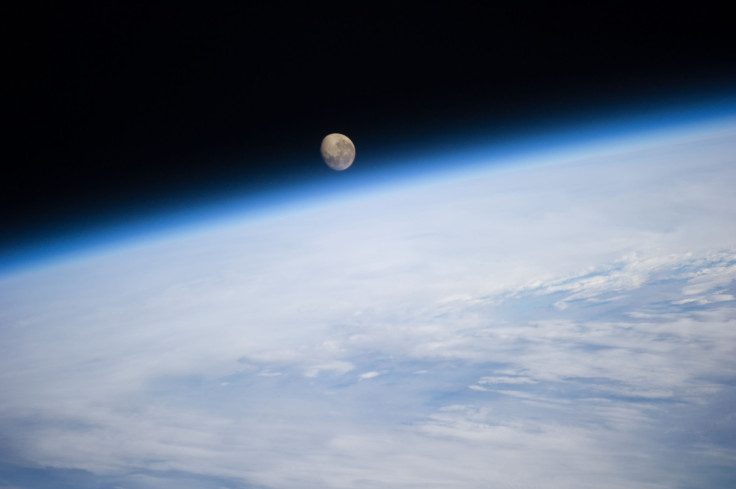People Are Dying For A Space Burial More Than Ever

Business is booming for space burials, with more people dying to be launched into Earth orbit or marooned on the moon as advancements in technology bring their funeral dreams within reach.
Charles Chafer, the CEO of the Houston-based space burial company Celestis, told the Orange County Register his company expects to send up to 500 urns of cremated remains into space this year.
There are different versions — across different price ranges — of the burial, from having a gram of a person’s ashes launched to the moon or deep into outer space, to sending a small amount into low-Earth orbit or high up into the planet’s atmosphere, where air meets space.
Read: The Weirdest Things Launched Into Space
Ashes sent into orbit eventually make their way back into the atmosphere, where they burn up completely.
According to Chafer, it has become cheaper and easier to send up private payloads, which makes space burials more accessible: “We’re in the tsunami phase of new space activities,” he told the OC Register.
By next year, Celestis and partner Argos Funeral Services in Torrance, California, plan to hop onto private space company Moon Express’ lunar mission; ashes and DNA will tag along on the trip to the moon.
Although the human remains will be passengers on the ride, Moon Express has a more primary objective: It aims to build an entire fleet of spacecraft that can go to the moon and back, digging up minerals and other resources while on its surface. The company recently announced its plans to launch the future spacecraft from New Zealand aboard private space company Rocket Lab’s Electron rocket. Moon Express’ goal is to build an unmanned lunar outpost to mine for those resources to sell back on Earth, while Rocket Lab plans to bring New Zealand into the space race by eventually launching commercial cargo from the South Pacific island nation about once a week.
But these higher aspirations give other people an opportunity to venture out into space themselves, even if it’s post-mortem. Only a dozen people have set foot on the moon — all Americans, and all decades ago — but the ashes of space enthusiasts will bring a human presence back to Earth’s natural satellite, even if it’s not the same as having a living, breathing person walking around.
“It’s not all that different from scattering ashes at sea,” Chafer told the OC Register. “Everybody dies. So it’s a huge market.”
Space burials are not a new idea — they’ve been around for about 20 years, even though they’ve been much harder to attain.
Mercury Seven astronaut Gordon Cooper; the actor James Doohan who played Scotty on Star Trek; NASA engineer Bob Shrake; and Star Trek creator Gene Roddenberry have all had their remains jettisoned into space over the years, among hundreds of others.
Read: Has the First Exomoon Been Found?
An ounce of ashes from the father of astrogeology, Gene Shoemaker, was crashed into the moon in 1999 on a NASA craft, as part of the space agency’s Lunar Prospector Mission to better understand the moon’s evolution. When it went down near the moon’s south pole, scientists on Earth looked for evidence of water in the plume of material that rose from the impact.
“Every time it’s a full moon you can look up in the sky and you’ll always see your loved one,” Argos Funeral Services founder Judah Ben-Hur told the OC Register. “When I finally pass away, I plan on having my cremated remains — or, if possible, I would like to have my full body — shot straight into space so that the Borg from ‘Star Trek’ can take my body and re-energize it into something else. So I can finally be captain of my own starship.”
© Copyright IBTimes 2024. All rights reserved.











